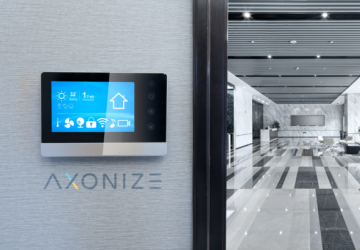
It’s apparent that organizations are finding out how much work is necessary in order to become compliant with IFRS 16, ASC 842, and GASB 87 standards. Many organizations have severely underestimated the implications and the extensive amount of effort that several departments must put in to interpret and prepare for these changes. Many are finding that their current software won’t allow them to become compliant in time. You may be wondering, what can your organization do to achieve compliance in a timely manner?
It’s important to be aware that organizations leasing assets (such as equipment and office space) were not previously required to report such leases on their balance sheets if it is an operating lease. IFRS 16, ASC 842, and GASB 87 forces lessees to report almost all leased assets. Consequently, balance sheets are becoming longer and leverage ratios (total assets divided by own equity) are increasing.
Three reasons why using Excel is no longer a feasible solution
These standards require organizations to change the way contracts are reported and managed to provide the right financial information. Most organizations now manage contracts by using relatively simple tools such as Microsoft Excel to calculate lease costs. Costs over the term of a contract are basically divided by straight lining. As changes with impact do not often occur, it is therefore relatively easy to amend a contract at renewal or termination.
However, IFRS 16, ASC 842, and GASB 87 present major challenges for organizations that primarily rely on Excel for their contract management. Here are three reasons why:
- Calculations become much more complex because of the financial lease character of most leases and the data that must be considered for the calculations.
- All changes and reasonable changes in a contract must be considered, establishing more active contract management and an urgent need for disclosure of information beyond the figures.
- The results of the calculation have a direct impact on the balance sheet. Beginning next year, there will be more attention focused on the new assets and liabilities for leases and the process of calculation and publication.
Organizations need to look for another solution that supports this new way of contract management. Financial reporting for IFRS 16, ASC 842, and GASB 87 is an end-to-end process that includes technology, data collection, change management efforts, and heavy collaboration between several departments to determine standard interpretation. This means that the selected software solution must present additional functionality that is well beyond the scope of Excel’s capabilities.
What should you expect from your software supplier?
Your selected software supplier needs to understand the new standard in explicit detail, but also must be able to explain how organizations can become compliant. Additionally, the supplier must provide software that is capable of managing financial numbers while actively managing the leases of the assets and the information for disclosure. When the system calculates changes, it must also be able to determine the reason for that change with a direct link to the business. That requires a supplier who understands accountancy and the business of real estate and asset management.
Lastly, the software supplier must also be able to switch quickly to the updated standards considering that there is a race against time. Fortunately, the IFRS 16, ASC 842, and GASB 87 standards offer several options for a pragmatic implementation to become compliant. These options are not only useful for faster implementation in the short run, but will provide benefits in the coming years as well.
Therefore, if your organization is late with IFRS 16, ASC 842, and GASB 87 implementation, it is advisable that you keep it simple and select a pragmatic implementation. In order to avoid any issues that result from not being compliant, it may be in your best interest to avoid being overly detailed and selecting complex options. When you’re competing against time, keeping it simple is your best bet if you’re looking to become compliant - quickly.




















